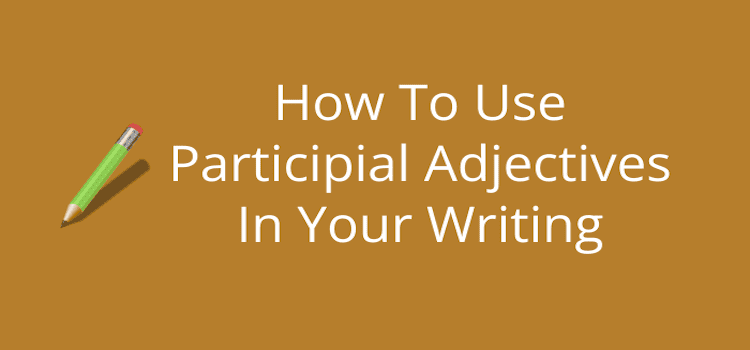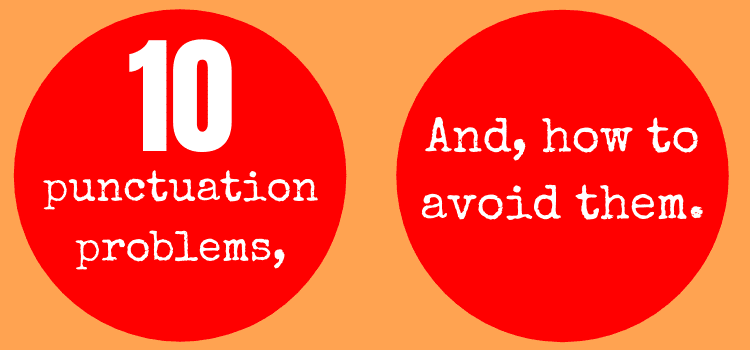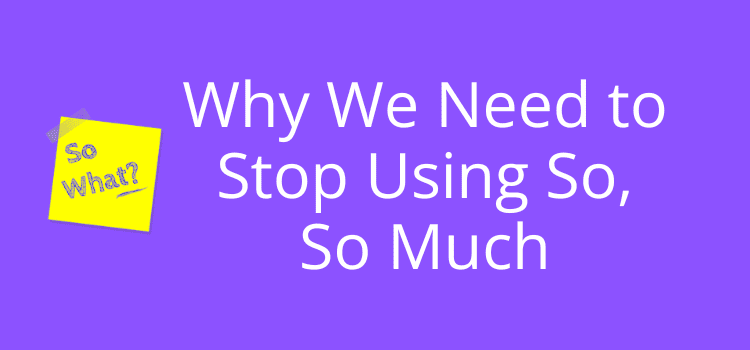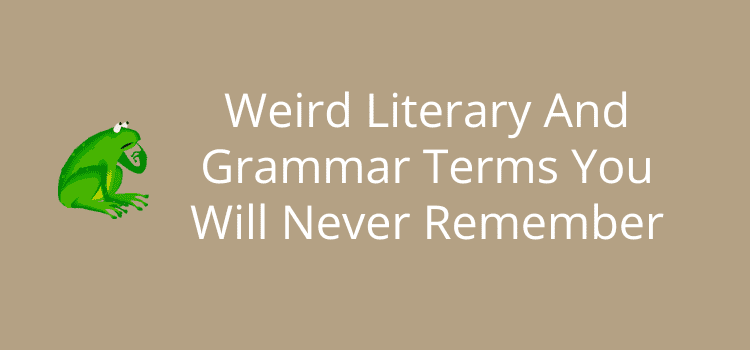
When you use participle adjectives, also sometimes called participial adjectives, they help describe things, people, states, and actions in a much more dynamic manner in your creative writing.
Verb phrase: The wind was howling and tore branches from all the trees in its path.
Participle adjective phrase: The howling wind tore branches from all the trees in its path.
You can see from the example above how this small change of turning a verb into an adjective can make a sentence more powerful and concise.
What are participle adjectives?
They are a type of adjective that you create from verbs.
You have two types you can use: present and past.
Present participle adjectives are formed from verbs ending with ing, such as dancing, running, or jumping. These are mostly action verbs.
Past participle adjectives can use regular ed past verbs like excited, amused, or motivated.
But they also use the irregular past participle verbs that end with -d, -t, -en, or -n. Examples include driven, lost, fed, or torn.
Here’s a quick tip to help you choose which one to use.
The present participle describes the person, thing, or situation that causes the emotion or state.
For example, I watched an exciting movie. In this phrase, exciting describes the movie that causes excitement for the person.
But the past participle describes the person or thing that experiences the emotion or state.
Now, if you say, I am excited about the movie, excited describes the person who experiences the excitement.
How to use participle adjectives
Like all adjectives, you usually place them before a noun to add a description.
Simple examples are a growling bear, a dedicated fan, or a fascinating book.
You can also use them as part of compound or hyphenated adjectives.
A well-known author, a jaw-dropping performance, or a widely-traveled journalist.
You can also place adjectives after the verb to be, such as in the following phrases.
The cake was perfectly-baked, the flowers are freshly-cut, or the movie was well-made and thought-provoking.
The easy way to construct your sentences with these adjectives is to look for the verb you can use to make the change.
Here’s a quick example to show you.
Two dogs were barking and kept me awake most of the night.
In this sentence, the main verb is barking. All you need to do is move it before the noun to create an adjective.
Two barking dogs kept me awake most of the night.
Here’s another example.
The window was broken during the storm and needs to be replaced.
The broken window needs to be replaced after the storm.
When, why, and how to use them
Using these adjectives adds a powerful tool to your creative writing arsenal.
As a grammatical tool or literary device, they allow you to add depth and strength to your subject descriptions, making your writing more engaging and powerful.
One of the main benefits is that they usually make a sentence more concise.
Another plus is that the past form can help you avoid the passive voice.
In the example I used above, the window was broken; it is passive. Perhaps the wind or a falling tree branch broke it.
But by changing the verb to an adjective, it is no longer a passive phrase.
You can use this form in many ways, and it’s very easy to change sentences.
Here are a few quick examples.
Passive verb phrase: The lake is frozen and dangerous.
Adjective phrase: The frozen lake is dangerous.
Verb phrase: The fireworks were amazing and lit up the night sky.
Adjective phrase: The amazing fireworks lit up the night sky.
Passive verb phrase: The jewels that were stolen were recovered by the police.
Adjective phrase: The stolen jewels were recovered by the police.
You can see how easy it is to change a sentence without altering the meaning by converting the main verb into an adjective.
Examples from literature

When reading fiction, you will probably notice these adjective forms now that you know what they are and how they work.
It’s such a common writing device, so you will see it in use regularly.
Here are just a few quick examples from some well-known authors.
The murmuring crowd gathered around the stage, eager to watch the performance. – Romeo and Juliet by William Shakespeare
The sun-bleached bones of ancient animals lay scattered on the beach. – Jurassic Park by Michael Crichton
The shimmering moonlight cast an ethereal glow on the sleeping landscape. – Frankenstein by Mary Shelley
The time-worn cobblestones of the ancient city echoed with the footsteps of countless generations. – The Hound of the Baskervilles by Arthur Conan Doyle
It’s easy to see why adding verb-based adjectives before a noun when it is the subject of a sentence is so advantageous.
The best use for writers
You are not going to use these adjective forms all the time.
But if you are writing fiction, in particular, it’s a handy trick you can use to give the subject of sentences more emphasis and clarity with descriptive adjectives.
They work extremely well when you have things as the subject of a sentence, like the wind, the giant, the goblin, or the escapee.
But they are also a quick and simple way to say how something affected the subject.
Sarah thought the news about her manager’s indiscretion was appalling.
Sarah was appalled by the news about her manager’s indiscretion.
You will find so many instances when you can use this structure, and once you learn how to use it, it will probably become a new writing habit for you.
Summary
Participle adjectives in present or past forms give you a quick and easy tool for enhancing the quality and conciseness of your creative writing.
Because they come from verbs, they provide a much more engaging description of things and people.
The choice between present and past participles hinges on whether you want to emphasize the thing or person causing an emotion or the one experiencing it.
Using adjectives with nouns or integrating participles into compound adjectives gives you more versatility and also helps avoid passive voice constructions.
The best part is that they are so easy to use and will improve your creative writing without much effort at all.
Related Reading: Participial Phrase And Gerund Phrase – What’s The Difference?



